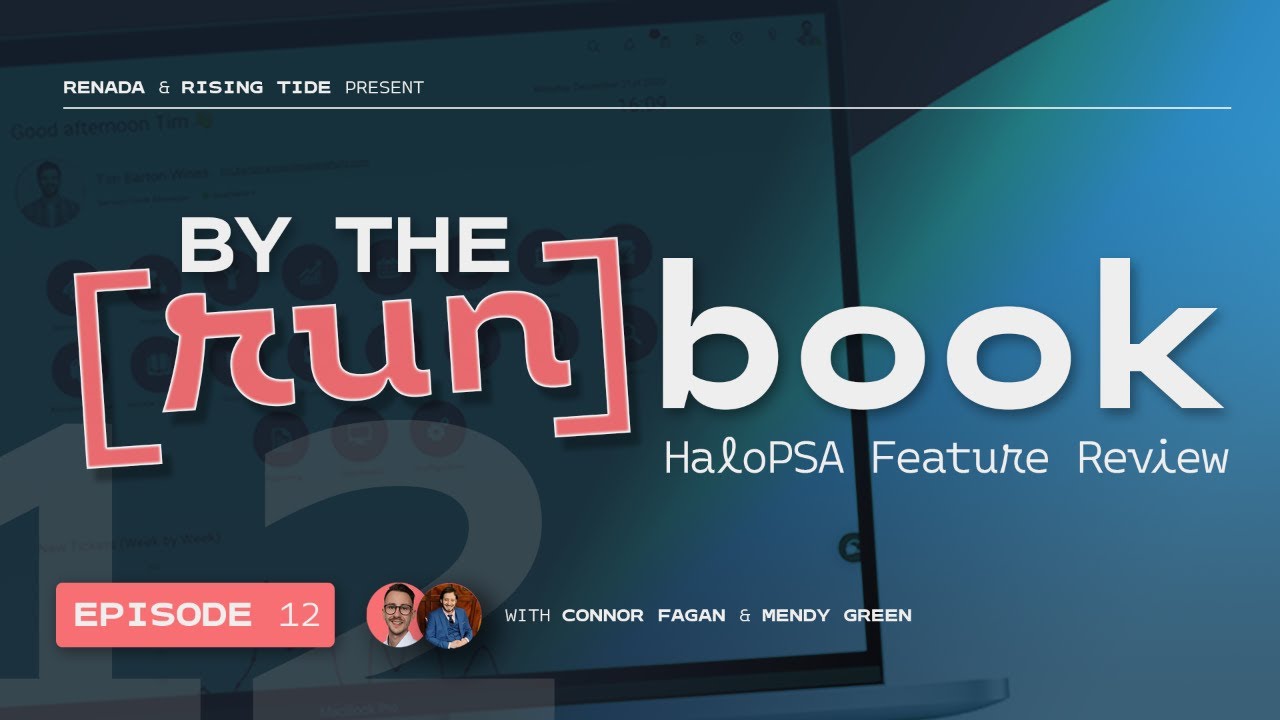By
Mendy Green
December 18, 2022
•
20 min read
Business

“Should my business be going to Cloud?”
This is one of the most popular questions that comes up in my conversations with clients, and like every other question I get, I like to answer it with “It depends”.
Before we can address this, we need to address the ongoing struggle between IT Professionals and Marketing Professionals. This was cleverly outlined in the classic Project Management meme

We won’t get too far into the specifics of this as Marketing can be a post all by itself, but suffice to say, the…let’s call it exuberance to sell something new, tends to make for overly aggressive messaging targeting the Stakeholders which does not generate tingly-friendly feelings on the people who actually have to implement, support, or answer questions about the technical specifics. This is true no matter if the “Expert” person is at your company or the company the marketing person is sitting at. If you need a further demonstration of what this looks like you can watch the skit on YouTube called “The Expert” which should give you an idea of what frame of mind to approach this question with
Keeping this in mind we need to immediately increase our level of skepticism when we hear about Cloud Computing (or really any new technology).
Let’s switch tracks for a moment. One of the things I always talk about is how there’s at least two sides to everything. Literally you can take a specific item, scenario, concept, etc. examine it and you’ll see two or more sides that reflect or are directly opposite to each other. In business finances for example we have Operating costs and Cost of Goods Sold (COGS). Traditionally Operating costs were made up of things like Rent for the office, Utilities, supplies and things like that. Supplies would include the cost of equipment (such as computers) Utilities would include cost of the internet and so on. COGS would be made up of how much money the business would need to spend, in order to provide the service that they offer. This is essentially two sides to the same thing (money being spent), but you track them separately because they help you break down the cost of running the business vs the cost of providing services.
In other words, Operating Expenses can be broken down to the point where you would assign a Per Dollar amount for each Employee that you have, and COGS would be broken down and assigned a Per Dollar amount for each Customer
Now let’s get back to the point of this. Cloud, like everything else, has 2 or more (way more actually) sides. There’s Infrastructure as a Service offerings, Platform as a Service, Software as a Service, and so on and so forth and all of these items get mixed up and placed into the “Cloud” category. If you dig into what Cloud actually is, you’ll find that it’s just…rented computers. Really. If you’re skeptical, you can read more on this here from one of the bigger software platforms on their reasons why they’re leaving the cloud.
The questions we’d want to answer so that we can determine if you should be moving to the cloud are as follows.
Would you be moving your Operating Expenses to the cloud or your COGS. Specifically, are you providing an online service to your clients that requires you to rapidly scale up if you were to grow, or that allows you to measure out the cost of running in the cloud against the number of users you’re servicing?
Running in almost any cloud has pricing that is broken down to the minute, generally speaking. This is one of the big things marketing likes to tout “Scale up or down as needed, so it’s very cost effective”. Cost effective compared to running them 24/7 sure, but not cost effective compared to buying hardware. Marketing is selling you on the idea that if you needed to turn down services, you can do rapidly and save money with it off, but if you never need to turn down services, and your scaling doesn’t happen rapidly, then you’re actually spending way more over the same period of time of hardware life. Up to 4 or 5 times the amount potentially.
Do you have a need either from a compliance standard or your own security policy for enhanced security, physical auditing, a requirement to be highly available or a guaranteed uptime of 4 or more 9s (99.99%)?
Here is where it starts making sense to consider, although the question of finding a datacenter that will rent you hardware or allow you to place hardware vs running in something like Google Cloud, Azure, or AWS is still debatable. In the end the level of redundancies that exist in the cloud or datacenter are harder to build (read, more costly) than using an infrastructure that is already built and essentially being shared. This isn’t a new phenomenon, if you’ve read my article on the MSP Business Fallacy, or even just paid attention in the world the idea of pooling resources to save on costs is a well-established and very successful pattern. This is something that can range on a spectrum from sharing power costs, to sharing full on hardware and running your services on segregated containerized workloads.
Are you concerned about control of your data. Specifically, does it matter to you if your data is physically on equipment that you solely own and control, or is your business okay with the data being placed onto equipment owned and controlled by a trusted Third Party
Data sovereignty is an important part of the equation, even if you do trust it to a third party, the question of which region and where it is physically located is still an issue. In the end the agreements you sign with vendors and clients state that the data you hold for them is your responsibility to protect and keep safe and you do not have the right to assign that responsibility to anyone else. These are all concerns that should be evaluated and addressed in your assessment of moving to cloud.
In the end there’s no real good right answer, as most of these questions are ones you’ll need to decide for your business. I’ve outlined a table below to help with the decision matrix, but it is still only just a suggestion.

This discussion guide is part of Rising Tide’s Fall 2025 book club, where we’re reading The Go-Giver by Bob Burg and John David Mann.
If you’re just joining us, here are a few pages you’ll likely benefit from:
In the final chapter of The Go-Giver, we meet Claire, who is on her way to meet the partners behind an amazingly (even stratospherically) successful new business: Rachel’s Famous Coffee. Chapter 14 ties up the story of The Go-Giver in a neat little bow, showcasing the stratospheric success possible, and encouraging us to share the secret with others along the way.
Use these open-ended prompts to guide reflection and conversation. Remember, there are no right answers!
Rising Tide helps MSPs and service-focused teams build better systems: the kind that align people with purpose.
Every Friday at 9:30 AM ET, we host Rising Tide Fridays as an open conversation for MSP owners, consultants, and service professionals who want to grow both professionally, technically, and emotionally. Our book for 2026 Quarter 1 is Think Naked: Childlike Brilliance in the Rough Adult World by Marco Marsan.
If that sounds like your kind of crowd, reach out to partners@risingtidegroup.net for the Teams link.
Bring your coffee and curiosity…no prep required.

This discussion guide is part of Rising Tide’s Fall 2025 book club, where we’re reading The Go-Giver by Bob Burg and John David Mann.
If you’re just joining us, here are a few pages you’ll likely benefit from:
In Chapter 10, Joe learns the Fourth Law of Stratospheric Success — “The Law of Authenticity” — from a now-successful saleswoman who found this truth when she was at her lowest.
Use these open-ended prompts to guide reflection and conversation. Remember, there are no right answers!
Rising Tide helps MSPs and service-focused teams build better systems: the kind that align people with purpose.
Every Friday at 9:30 AM ET, we host Rising Tide Fridays as an open conversation for MSP owners, consultants, and service professionals who want to grow both professionally, technically, and emotionally. In Fall/Winter 2025, we’re walking through The Go-Giver, chapter by chapter.
If that sounds like your kind of crowd, reach out to partners@risingtidegroup.net for the Teams link.
Bring your coffee and curiosity…no prep required.

In Episode 12 of By the [run]Book, Mendy and Connor continue their deep dive into HaloPSA release v2.204, covering the second half of this massive update. They break down critical enhancements across SLAs, custom fields, assets, chat, Google Workspace, billing, documentation, and integration workflows. This episode is ideal for MSP operators, service managers, and Halo administrators looking to understand not just what changed—but how those changes impact real-world processes.
Here's a few Key impactful updates featured in this episode:
· ATimezone option has been added to Agent details (998146)
Ensures holiday/PTO allowances calculate correctly based on each agent’s actualtimezone—preventing mid-day rollovers for distributed teams.
· Improvementsto the Google Workspace integration (987605)Updated user-matching options to now allow the use of both username and email.
· Restrictedasset relationship types (897671)
Allows admins to control which relationship types can be used between differentasset classes, preventing illogical or messy asset mappings.
· Separatepermission for impersonating users (747369)Impersonation no longer requires full admin rights, enabling safertroubleshooting and testing by leads, onboarding teams, or QA staff.
· Optionto select different email templates when sending invoices (574826)
Staff can now choose from multiple invoice email templates—helpful for voided,corrected, or specialized billing communications.
· NewSLA setting: user replies reset the response target even when on hold (920093)
Fixes unpredictable SLA behavior by ensuring user updates always reset theresponse timer, eliminating false breaches.
· Ticketlist filters now support Client, Site, and User custom fields (965190)
A major visibility upgrade that allows filtering by Client, Site, User customfields, and other options.
· Pre-paybalance type can now be set per contract (758980)
MSPs can now choose hours or currency on a per-contract basis—ideal for clientswith mixed prepay models like retainer hours and project funds.
Watch Now: By the [run]Book: Episode 12
For easier tracking, check out haloreleases.remmy.dev to filter and search HaloPSA updates by ID, version, and keyword.
Full Feature review:
A Timezone option has been added to Agent details which initially will only be used to ensure that the Holiday allowance calculations are correct | v2.204 #998146 | 2:04
Ensures holiday allowance calculations respect each agent’s timezone.
Various Embeddable Chat Widget API improvements | v2.204 #993194 | 7:42
Adds more customization and event capabilities to Halo’s external chat widget.
Various improvements to SAF management | v2.204 #987889 | 9:23
Enhances the Service Architecture Framework.
Improvements to the Google Workspace integration | v2.204 #987605 | 13:02
Adjusts Google user matching behavior.
Added a ticket setting to show the department a team belongs to when assigning/re-assigning | v2.204 #983485 | 15:29
Displays department context during ticket assignment.
The FAQ list now shows in the portal URL when navigating through the Knowledge Base | v2.204 #983353 | 16:02
Improves navigation clarity when browsing FAQs.
Slack notifications can now be triggered by CRM Note updates, Site updates and specific Agent Actions | v2.204 #982479 | 16:27
Expands Slack integration coverage.
Added Agent Team Mappings to Microsoft Entra ID | v2.204 #979667 | 16:36
Allows syncing team membership from Entra ID.
The change management fields ‘Impact’ and ‘Risk’ can now be used in Risk Score calculations | v2.204 #975163 | 19:31
Improves accuracy of Change Management scoring.
Added a general Ticket setting that when enabled, the Can Edit Advanced Ticket Details permission is required to bulk change Ticket Priority | v2.204 #971319 | 21:58
Adds protection against mass-priority edits.
Charge Rates/Types can now be ordered by a sequence number set on the Charge Rate/Type setup | v2.204 #969791 | 22:33
Enables custom sorting of charge rates.
Minor report Chart filtering UX improvements | v2.204 #969514 | 23:20
Improves visual continuity when filtering dashboard charts.
You can now use Client, Site and User Custom Fields as criteria for Ticket List filters | v2.204 #965190 | 24:58
Significantly expands filter capabilities.
Added option to send an Email to a specified Agent when a Runbook fails | v2.204 #957580 | 27:45
New notification option for automation failures.
Added a notification trigger for when a User uploads a document to a specific folder | v2.204 #955651 | 27:53
Useful for client-upload workflows.
Added Access Control to Folders when using Document Management | v2.204 #955650 | 28:09
Brings permissioning to folder-level document storage.
‘Top Level’ field now available when creating an Account/Prospect from the new Opportunity screen | v2.204 #923428 | 30:08
Allows proper top-level assignment for accounts/prospects.
Customer & Site level custom fields now have the option to be displayed under the customer record when logging a ticket | v2.204 #920539 | 32:06
Surfaces client metadata during ticket creation.
Added a global SLA setting to allow user updates to reset the response target regardless of whether the ticket is on hold | v2.204 #920093 | 34:13
Fixes a major SLA limitation.
Added the ability to restrict the allowed relationship types when relating assets | v2.204 #897671 | 39:30
Prevents invalid asset relationship mappings.
You can now import Service Level Agreements (SLAs) & Priorities using an XLS spreadsheet | v2.204 #841750 | 40:34
Enables bulk-import of SLA structures.
Added asset and service business and technical owners as notification recipients | v2.204 #801201 | 41:42
Provides more targeted asset/service notifications.
Improvements to the Jira Software integration | v2.204 #796046 | 43:04
Enhances mapping, syncing, and mention handling.
Unapproved holidays now show with a dotted border | v2.204 #795392 | 44:59
Better visibility in calendars.
You can now save emails from Mail Campaigns as email templates | v2.204 #762793 | 45:06
Allows reuse of campaign email layouts.
Pre-pay balance type can now be set per contract | v2.204 #758980 | 46:33
Adds contract-specific prepay logic.
You can now view the amount of hours invoiced so far on the billing tab of a ticket | v2.204 #749755 | 48:13
Adds visibility into billed time totals.
Added a separate permission for impersonating users | v2.204 #747369 | 48:37
Impersonation no longer requires full admin.
Added option to select different email templates when sending out invoices | v2.204 #574826 | 49:02
Choose among different invoice email templates.
Creating a Purchase Order from a Sales Order line will now set the Sales Order line Supplier field and updating the Purchase Order line price will update the Sales Order line cost | v2.204 #417125 | 50:38
Fixes cost/supplier syncing between SO → PO.